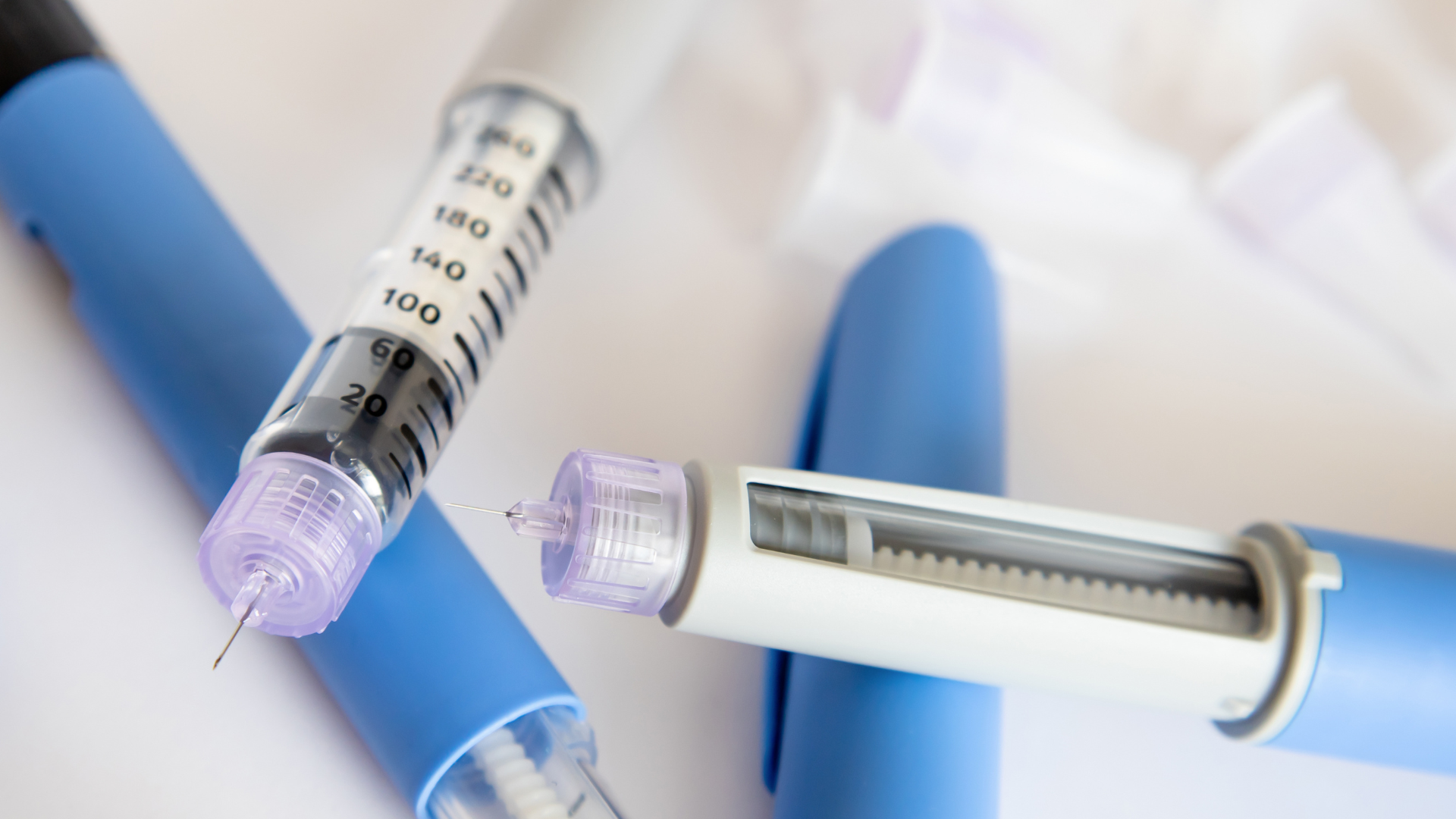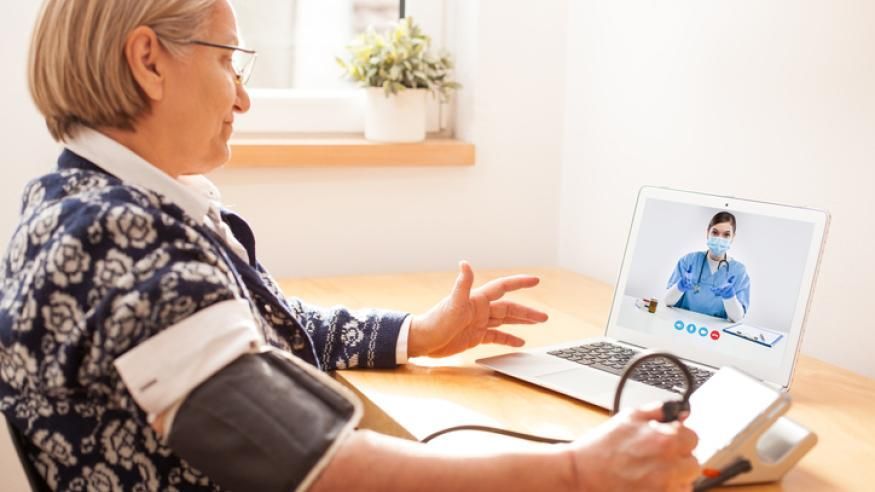8 Foods That Won’t Spike Blood Sugar

Key takeaways:
- All foods raise blood sugar to some degree, but consuming foods that are high in protein and fiber tends to impact blood sugar less than those made with simple or refined carbohydrates and added sugar.
- Foods that don’t spike blood sugar as much include avocados, eggs, berries, nuts and seeds, dark leafy greens, whole grains, and fish.
- Strategies such as pairing carb-rich foods with protein or healthy fats can also help reduce spikes in blood sugar.
Figuring out what to eat with diabetes can be complicated. We spoke with registered dietitians who shared the best foods for managing blood glucose levels and tips to prevent blood sugar spikes.
“All foods raise blood sugar, even protein and fat, but certain foods cause less of a rise in your blood sugar than others,” said Shelley Balls, a registered dietitian and nutritionist for Consumer Health Digest.
For example, avocados, berries, dark leafy greens, eggs, fish, whole grains, nuts, and seeds will not raise blood sugar as much as starchy vegetables, fruit juice, and refined carbohydrates, said Balls. Eating fresh fruit with natural sugars, for example, is a better option than fruit juice, which is often stripped of fiber and may contain significant amounts of added sugar.
It’s a good idea to eat a mix of proteins, fats, and fiber-rich foods at every meal, said Michelle Routhenstein, preventive cardiology dietitian and certified diabetes educator. Together, balancing meals and minimizing excess intake of carbs can help manage blood sugar levels.
Routhenstein also recommended paying attention to the quality of carbohydrates. Ultimately, it’s best to choose whole, minimally processed foods to manage blood glucose and promote overall health. Unsure where to start? Here are top foods that won’t raise blood sugar levels as much.
1. Berries
Unlike many fruits, berries tend to be lower in sugar and high in nutrients.
“Berries are low in carbohydrates and high in fiber and antioxidants, which may help modulate blood sugar levels and reduce oxidative stress,” Routhenstein said.
In particular, Balls highlighted blackberries as a low-carb, high-fiber fruit that contains vitamin C, vitamin K, and potassium. If fresh berries aren’t in season, try frozen berries from your grocery store – check the nutrition label to make sure there are no added sugars or other chemicals.
2. Avocados
Avocados are naturally low in carbohydrates and a great source of healthy omega-3 fats and fiber. Routhenstein added that the healthy fats and fiber in avocados can improve insulin sensitivity and slow the absorption of sugar into the bloodstream, helping to regulate blood sugar levels.
This versatile fruit can be used in a variety of ways: in guacamole, salad, sushi, on toast, or as a garnish for eggs.
3. Dark leafy greens
Kale, broccoli, spinach, and collard greens are all highly nutritious leafy greens that are low in carbohydrates, sodium, and cholesterol. These vegetables are also good sources of vitamins A, K, and C.
If you’re not a fan of eating greens raw or in salads, try incorporating them into pasta sauce, pesto, soup, smoothies, or scrambled eggs.
4. Eggs
Eggs are a high-protein, low-carb food that are highly versatile. However, some people may be concerned about cholesterol levels in eggs.
Indeed, Routhenstein said managing cholesterol is important if you have diabetes, as both are risk factors for heart disease. However, research shows that eggs can be part of a healthy diet for most people, including people with diabetes.
“Eggs have a minimal effect on blood cholesterol levels when consumed with a heart-healthy diet that is low in saturated fat,” Routhenstein explained. “The protein found in these foods also helps keep you full without causing spikes in your blood sugar.”
If you want to incorporate more eggs into your diet, try simple boiled eggs, egg salad, or jazzed-up scrambled eggs.
5. Fish
Most seafood and fish are high in protein and omega-3 fatty acids, which can help stabilize blood sugar levels and promote feelings of fullness. Specifically, Routhenstein said that the protein and healthy fat found in fish can improve insulin resistance with minimal impact on blood glucose levels.
Consider trying slow-roasted salmon, lemon-dill salmon cakes, or lemony salmon caesar with parmesan crisps.
6. Nuts and seeds
Nuts and seeds are a great source of dietary fiber, which can help stabilize blood sugar levels. Routhenstein highlighted the following nuts in particular:
- Peanuts are low in carbs and high in heart-healthy fats, which Routhenstein said may stabilize blood sugar levels and promote feeling full.
- Almonds are fiber-rich and also contain healthy fats and magnesium, which help insulin resistance and slow sugar absorption.
- Walnuts are a great source of plant-based omega-3 fatty acids and antioxidants, which improve metabolic health and reduce inflammation.
- Pecans are rich in magnesium and antioxidants like ellagic acid, which improve insulin sensitivity. This can also help reduce inflammation, which can affect glucose metabolism.
“Incorporating a variety of these nuts in moderation can be beneficial for managing diabetes due to their unique micronutrient profiles and essential nutrients that aid in blood sugar control,” Routhenstein said.
However, because nuts tend to be a calorie-dense food, Routhenstein said it’s important to practice portion control to manage calorie intake. She noted that chia seeds are high in fiber, protein, and omega-3 fatty acids, too. Chia seeds can therefore help with blood sugar management and improve digestive health.
7. Quinoa
Compared to refined grains, Balls said that whole grains like quinoa can boost fiber intake and help stabilize blood sugar levels. Indeed, research suggests that eating whole grains improves several measures of metabolic health, including insulin sensitivity and blood glucose.
Pair quinoa with a lean protein for a nourishing meal, or try another whole-grain recipe like sorghum salad.
8. Greek yogurt
Greek yogurt is rich in protein, which regulates blood sugar and hunger cues, Routhenstein said. It’s also a good source of probiotics, which may improve insulin sensitivity and gut health. Plus, the calcium and vitamin D in yogurt supports metabolic health, bone health, and blood glucose management.
If you’re craving a sweet treat, try a strawberry swirl ice cream, which is made from yogurt and other whole ingredients.

The bottom line
While all foods will raise blood sugar to some degree, foods that are rich in fiber, protein, and fat tend to cause smaller increases in blood glucose. In addition to managing carbohydrate intake, there are other ways to prevent a blood sugar spike.
Balls suggested consuming fat, protein, or fiber-rich ingredients with high-carb foods to help slow digestion and absorption and minimize blood sugar spikes. For instance, you could pair an apple with peanut butter, or crackers with cheese.
Even with eating a nutritious diet and getting physical activity, many people with diabetes may still struggle with high blood sugar. If you’re having trouble with optimizing your blood sugar levels, Routhenstein said your best bet is to work with a registered dietitian (even better, one who is also a certified diabetes educator) to create a personalized plan to help you reach your goals.
Healthy Bites















